当前位置:网站首页>Message queue: how to deal with message backlog?
Message queue: how to deal with message backlog?
2022-07-07 05:40:00 【Qin Tian】
Catalog
Two 、 Optimize performance to avoid message backlog
1. Send end performance optimization
2. Consumer performance optimization
3、 ... and 、 How to deal with the backlog of messages ?
One 、 Preface
In the problem of using message queuing , The problem of message backlog , It should be the most common problem , also , This problem It's not easy to solve .
We all know , The direct cause of the message backlog , There must be a performance problem in some part of the system , There's no time to deal with the upstream transmission Rest , That leads to a backlog of messages .
therefore , Let's analyze it first , When using message queuing , How to optimize code performance , Avoid message backlog . Then we'll see , If your online system has a message backlog , How to deal with the emergency , Minimize the impact of message backlog on the business .
Two 、 Optimize performance to avoid message backlog
In systems that use message queuing , For performance optimization , It is mainly reflected in the business logic of the producer and the consumer . For the performance of the message queue itself , You as a user , Don't pay too much attention to . Why do you say that ?
The main reason is , For the vast majority of services that use message queuing , The processing power of message queue itself is far greater than that of business system force . Single node of the mainstream message queue , The performance of message sending and receiving can reach the level of processing tens of thousands to hundreds of thousands of messages per second , It's OK Over horizontal expansion Broker The number of instances multiplied the processing power .
But the business logic that the general business system needs to deal with is far more complex than the message queue , A single node can handle hundreds to thousands of requests per second , It's already very good performance . therefore , For performance optimization of message queuing , We are more concerned about , At both ends of the message , I How do your business code work with message queuing , Achieve an optimal performance .
1. Send end performance optimization
The processing performance of the service code of the sender , It doesn't really have much to do with message queuing , Because the sender usually executes its own business logic first , Finally, send the message . if , The performance of your code to send messages is not good , You need to check it first , Is it the industry before the news is sent Business logic takes too much time .
For the business logic of sending messages , Just pay attention to setting the appropriate concurrency and batch size , Can achieve good transmission performance . What is this? What do you say ?
I said before Producer The process of sending messages ,Producer Send a message to Broker,Broker After receiving the message, return to confirm Respond to , It's a complete interaction . Suppose the average delay of this interaction is 1ms, We put this 1ms It's time to break down , It includes It's time-consuming :
- The sender prepares the data 、 Serialize message 、 Time to construct logic such as request , That is, the time consumed by the sender before sending the network request ;
- Time consuming of sending message and returning response in network transmission ;
- Broker Delay in processing messages .
If it's single threaded , Just send... At a time 1 Bar message , So you can only send 1000ms / 1ms * 1 strip /ms = 1000 strip news , such In this case, it doesn't give full play to the strength of message queue .
Whether it's increasing the batch size of each message sent , Or increase concurrency , Can double the transmission performance . As for whether to choose batch sending or increase concurrency , It mainly depends on the business nature of the sender program . Simply speaking , As long as it can meet your performance requirements , How to achieve convenience Just how to do it .
for instance , Your message sender is a micro service , Mainly accept RPC Request processing online business . Very natural , Microservice is processing, please When you ask , Just send the message directly in the current thread , Because all RPC Frameworks are multi-threaded and support multi concurrency , Nature is also real Now we can send messages in parallel . And the online business is more concerned about the request response delay , Choosing bulk delivery will inevitably affect RPC Service delay . This situation , The smarter way is to improve sending performance through concurrency .
If your system is an offline analysis system , What are the performance requirements of offline systems ? It doesn't care about delay , Pay more attention to the whole system throughput . The data of the sender comes from the database , This situation is more suitable for batch sending , You can batch read data from the database , however Send the message in bulk , Similarly, a very high throughput can be achieved with a small amount of concurrency .
2. Consumer performance optimization
When using message queuing , Most of the performance problems are on the consumer side , If the speed of consumption can't keep up with the speed of the sender producing messages , It creates a backlog of information . If this performance inversion problem is only temporary , That's not a big problem , As long as the performance of the consumer side is restored , exceed The performance of the sender , The backlog of information can be gradually digested .
If consumption has been slower than production , Time ⻓ 了 , The whole system will go wrong , or , The storage of the message queue is full and cannot be lifted For service , Or the message is lost , This is a serious failure for the whole system .
therefore , When we were designing the system , We must ensure that the consumption performance of the consumer side is higher than that of the production side , Such a system can be healthy Kang's continuous operation .
In addition to optimizing the logic of consumption business, the performance optimization of the consumer side , It can also be expanded horizontally , Increase the number of concurrent users to improve the overall consumption Cost performance . One particular thing to note is , It's expanding Consumer At the same time , The partitions in the expansion theme must be synchronized ( Also called queue ) Number , Make sure Consumer The number of instances is equal to the number of partitions .
If Consumer More instances than partitions , this This kind of expansion has no effect . The reason we talked about before , Because for consumers , In fact, only single thread consumption can be supported on each partition .
I ⻅ I've been to a lot of consumer programs , This is how they solve the problem of slow consumption :

The business logic of receiving message processing may be relatively slow , It's hard to optimize , To avoid message backlog , On receiving the message OnMessage In the method , Don't handle any business logic , Put this message in a memory queue and it returns .
And then it can start a lot of lines of business cheng , Inside these business threads are the real business logic for processing messages , These threads take messages from memory queues for processing , So it solves the problem of single individual Consumer The problem of not parallel consumption .
Is this method perfect for concurrent consumption ? Please note that , This is a very unusual situation ⻅ Error method of ! Why is it wrong ? Because it's going to lose news . If the node receiving the message goes down , These messages that have not been processed in the memory queue will be lost .
3、 ... and 、 How to deal with the backlog of messages ?
There is also a message backlog situation , When the daily system is working properly , There's no backlog, or only a small backlog, and it's quickly consumed , however At some point , All of a sudden, there's a backlog of news and the backlog keeps going up . In this case, you need to find out the reason for the message backlog in a short time , To solve the problem quickly will not affect the business .
There must be a variety of reasons for the sudden backlog , Different systems 、 Different situations have different reasons , Can't generalize . however , I We'll check the cause of the backlog , There are some relatively fixed and effective methods .
Can lead to a sudden increase in backlog , The coarsest reason , There are only two kinds : Or it's getting faster , Or consumption is slowing down .
Most message queues have built-in monitoring capabilities , Just by monitoring the data , It's easy to determine which cause . If it's sent per unit time More news , For example, catch up with big promotion or rush to buy , In a short time, it is impossible to optimize the code on the consumer side to improve the consumption performance , The only way It is to improve the overall consumption capacity by expanding the number of instances on the consumer side .
If there are not enough server resources to expand in a short time , The best way is , Demote the system , By closing down some unimportant businesses service , Reduce the amount of data sent by the sender , At least make the system work , Serve some important business .
There's another one that doesn't happen very often ⻅ The situation of , You're monitoring it to find that , No matter the speed of sending messages or consuming messages, it is the same as before turn , At this time, you need to check your consumer side , Is it a message caused by the failure of consumption? Repeated consumption is more common , This situation will also slow down the consumption speed of the whole system .
If we monitor that consumption is slowing down , You need to check your consumption examples , Analyze what causes consumption to slow down . Check the logs first Whether there are a lot of consumption mistakes , If there is no mistake , You can print stack information , Take a look at your consumption thread is not stuck in what The place doesn't move , For example, it triggers a deadlock or gets stuck waiting for some resources .
Four 、 Summary
Optimize messaging performance , There are two ways to prevent message backlog , Increasing batch or concurrency , At the sender, both methods can make use , On the consumer side, we need to pay attention to , Increasing the number of concurrent partitions requires synchronous expansion , Otherwise it won't work .
In case of message backlog in the system , We need to solve the backlog first , Analyze the reason again , After all, to ensure the availability of the system is the first problem to be solved topic . The fast way to solve the backlog is to increase it through horizontal expansion Consumer The number of instances .
边栏推荐
- The navigation bar changes colors according to the route
- Taobao commodity details page API interface, Taobao commodity list API interface, Taobao commodity sales API interface, Taobao app details API interface, Taobao details API interface
- 删除文件时提示‘源文件名长度大于系统支持的长度’无法删除解决办法
- 京东商品详情页API接口、京东商品销量API接口、京东商品列表API接口、京东APP详情API接口、京东详情API接口,京东SKU信息接口
- Make web content editable
- Five core elements of architecture design
- 1. AVL tree: left-right rotation -bite
- JVM (19) -- bytecode and class loading (4) -- talk about class loader again
- Writing process of the first paper
- Distributed global ID generation scheme
猜你喜欢
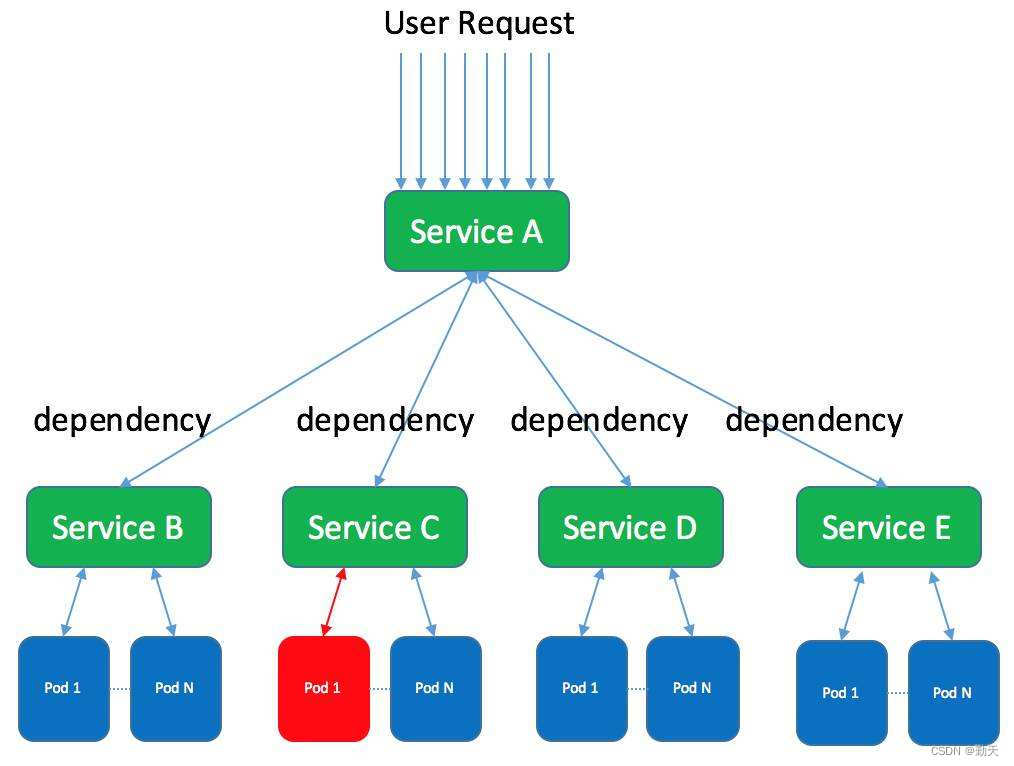
集群、分布式、微服務的區別和介紹

English语法_名词 - 所有格

How digitalization affects workflow automation

Leakage relay llj-100fs
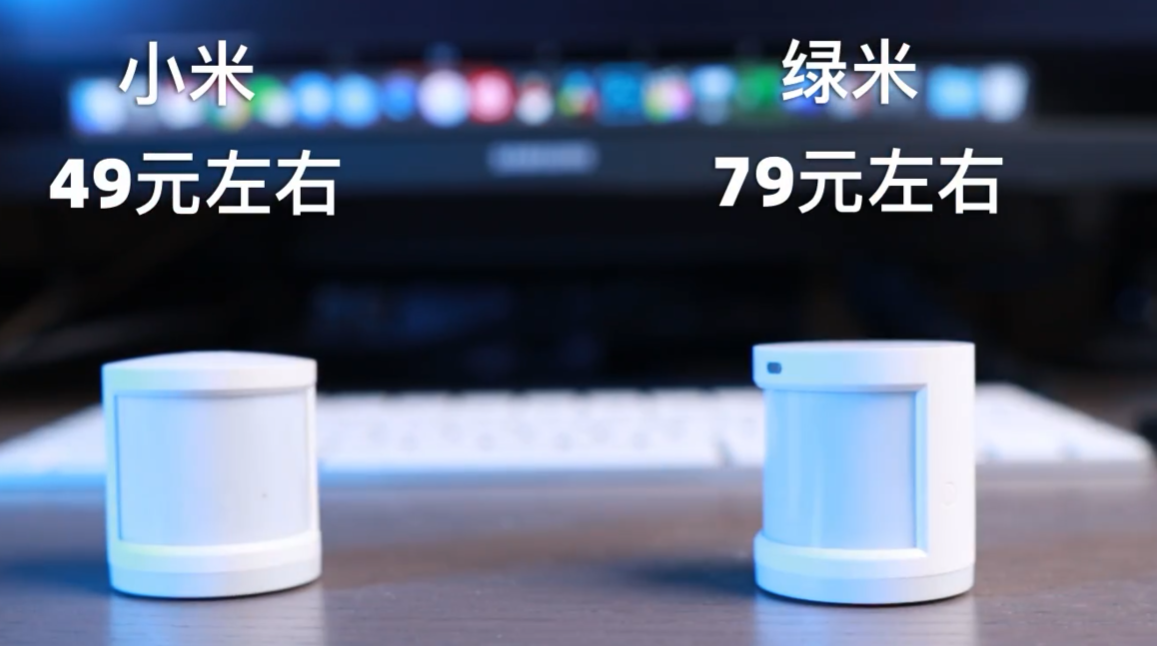
Is the human body sensor easy to use? How to use it? Which do you buy between aqara green rice and Xiaomi
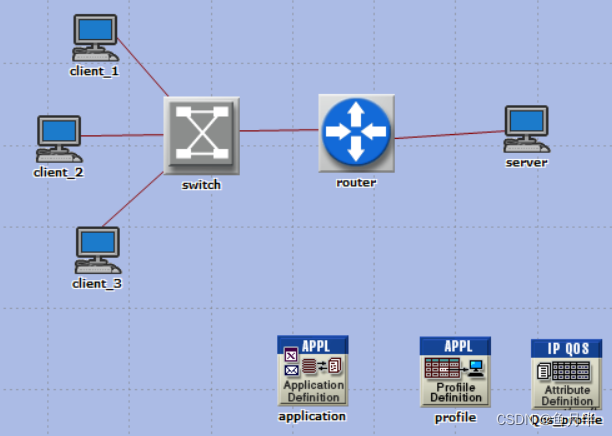
Use, configuration and points for attention of network layer protocol (taking QoS as an example) when using OPNET for network simulation

C#可空类型
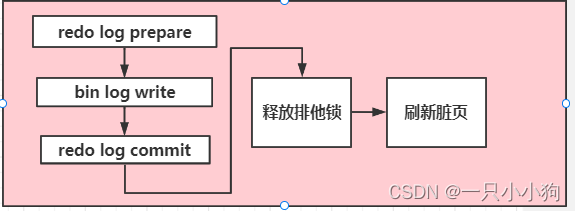
Life experience of an update statement
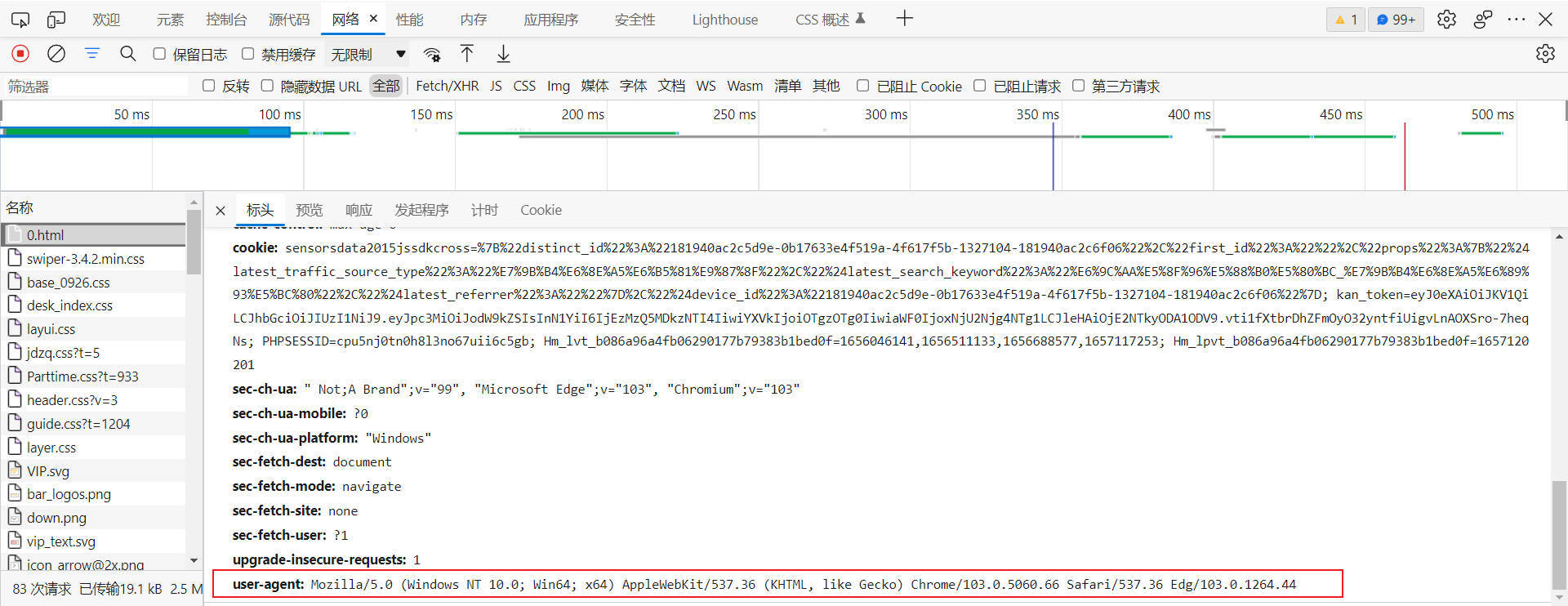
爬虫练习题(三)
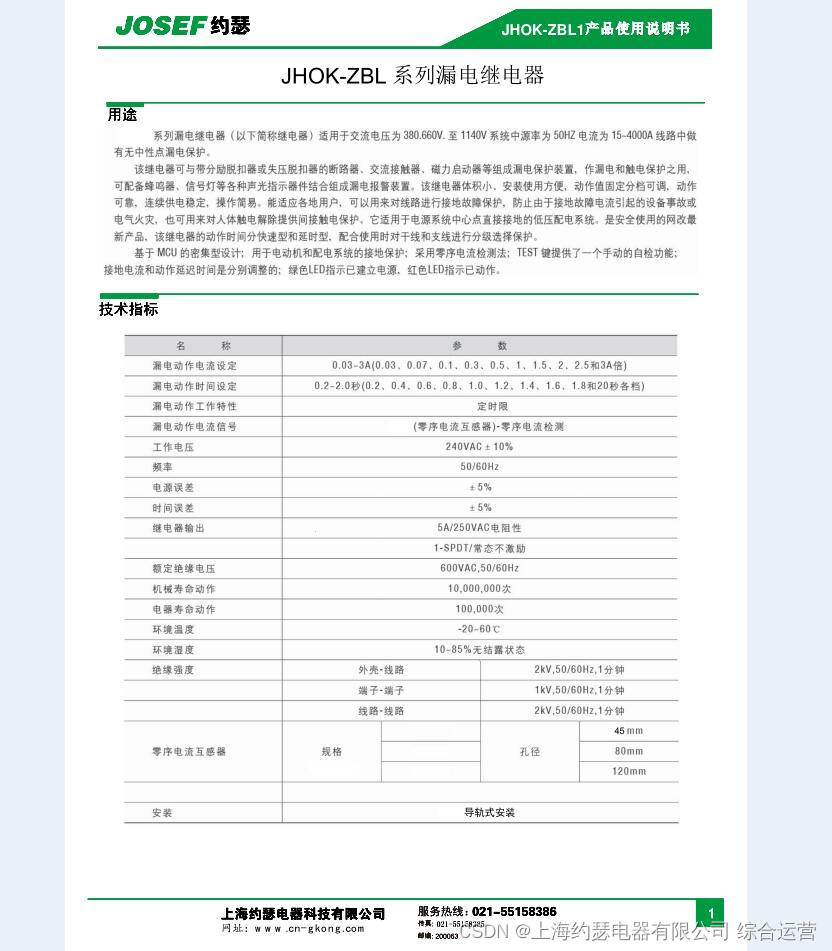
Jhok-zbl1 leakage relay
随机推荐
导航栏根据路由变换颜色
5阶多项式轨迹
Codeforces Round #416 (Div. 2) D. Vladik and Favorite Game
分布式事务介绍
论文阅读【MM21 Pre-training for Video Understanding Challenge:Video Captioning with Pretraining Techniqu】
什么是消息队列?
Leetcode 1189 maximum number of "balloons" [map] the leetcode road of heroding
分布式全局ID生成方案
Two person game based on bevy game engine and FPGA
Différenciation et introduction des services groupés, distribués et microservices
App clear data source code tracking
How Alibaba cloud's DPCA architecture works | popular science diagram
Dj-zbs2 leakage relay
架构设计的五个核心要素
SAP ABAP BDC(批量数据通信)-018
JD commodity details page API interface, JD commodity sales API interface, JD commodity list API interface, JD app details API interface, JD details API interface, JD SKU information interface
5. Data access - entityframework integration
When deleting a file, the prompt "the length of the source file name is greater than the length supported by the system" cannot be deleted. Solution
4. 对象映射 - Mapping.Mapster
《5》 Table